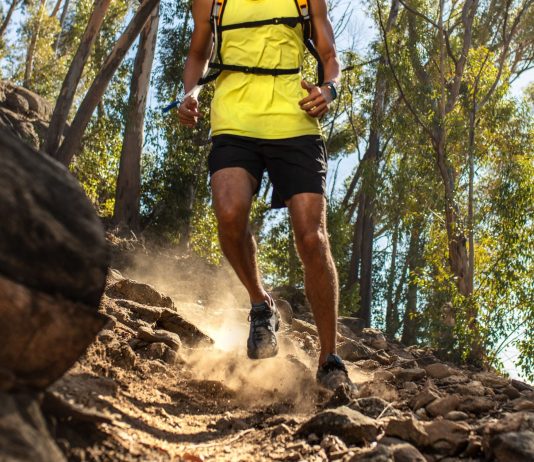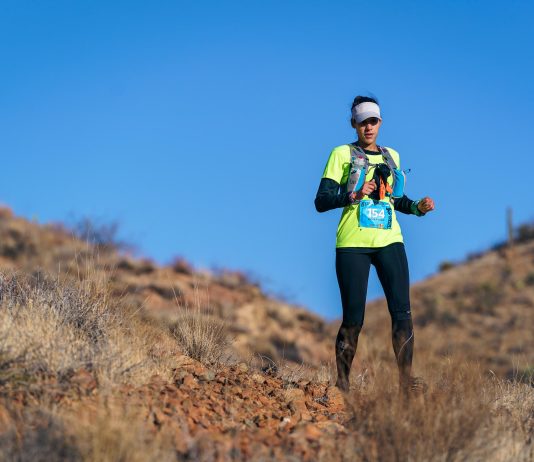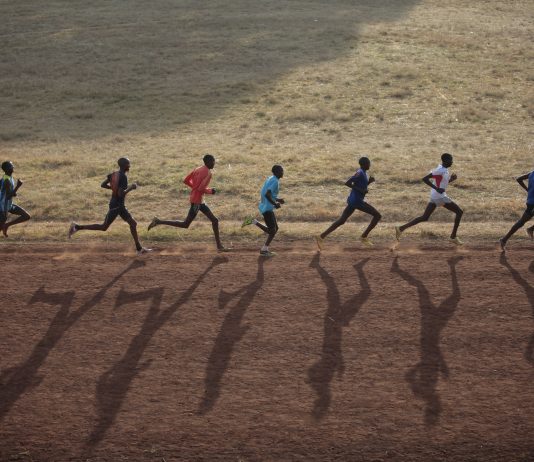Former American 800m runner Nick Symmonds has achieved an impressive athletic career, including a personal best of 1:42.95, a silver medal at the IAAF World Championship, fifth place at the London Olympics, and six American national 800m titles (five of which were consecutive). Following his retirement from professional track racing, Symmonds co-founded RunGum and now serves as its CEO. In his free time, he trains for the marathon.
While uphill running is often prioritized in training routines, many runners overlook the importance of including downhill running exercises in their workouts. Despite being challenging, downhill running requires specific training and can put a strain on the body, especially in trail running where downhill sections can make or break races. Thus, dedicating time to downhill running is crucial for developing strong legs to power through hilly races.
Conquering the Heat: Unveiling the Secrets to Thriving in High-Temperature Races
Runnerstribe Admin -
Tackling races under scorching conditions might seem like an uphill battle, but with strategic preparation and prudent tactics on race day, it’s a challenge within reach. While soaring temperatures inevitably slow down all runners, the key lies in savvy readiness to navigate these conditions.
Preparing for mountain running during the winter can be a challenging task for trail and ultrarunners living in the northern hemisphere. Weather conditions such as snow, ice, and mud make running on hilly terrain difficult, if not impossible. However, there are ways to maintain mountain running skills and strength in preparation for upcoming mountainous events.
While the treadmill may lack the picturesque scenery of outdoor routes, it offers numerous advantages that make it a favorite among elite runners like Eilish McColgan. Inclement weather poses a safety risk on outdoor surfaces, making the treadmill a reliable alternative. Additionally, studies show that treadmill running can lead to adjustments in stride length and frequency, ultimately improving cadence and reducing impact forces on the body.
Lactate threshold plays a vital role in optimizing running performance, representing the exercise intensity at which blood lactate begins to accumulate. By delving into the significance of lactate threshold and adopting effective strategies to improve it, runners can train their bodies to endure high-intensity workouts with reduced fatigue. This article explores practical methods to elevate your lactate threshold, ultimately leading to enhanced endurance and speed.
As winter blankets the northern hemisphere, trail and ultrarunners face a familiar dilemma: the absence of suitable hilly landscapes for training. Across diverse geographical regions, these athletes encounter trails buried under snow, icy patches, or muddy terrain, severely limiting their training options. For those eyeing mountainous events, this lack of terrain access poses a significant hurdle. Thankfully, experienced runners have devised effective strategies to maintain their mountain running prowess.
Trail running is an exhilarating sport that demands endurance, agility, and strength. However, some misconceptions about strength training have left many trail runners hesitant to incorporate it into their routine. Let's shed light on five prevalent myths and reveal the truth behind them:
Many runners neglect downhill training in their preparation for events, but it's crucial to build confidence, technique, and strength in running downhill. Focusing solely on uphill training can lead to exhaustion on race day, even before reaching the first climb. Running downhill efficiently requires a combination of these three elements.
If you're a runner, you've probably heard terms like "interval training," "speed work," and "repetitions" thrown around. But do you really understand what they mean and how to incorporate them into your training program? This article aims to provide a basic understanding of these concepts and the potential risks associated with them.



























